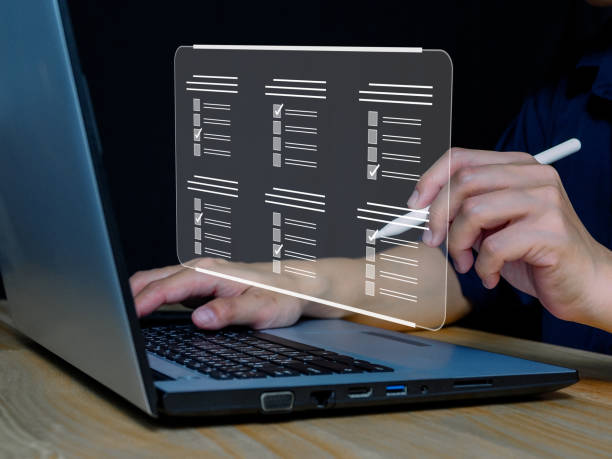What is On-Page SEO and Why is it Important?
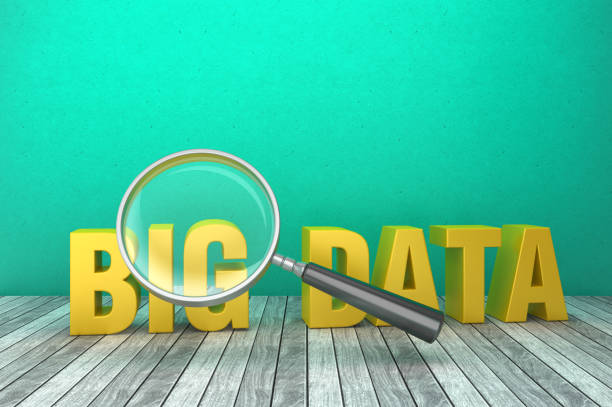
On-Page SEO (#On-Page SEO) refers to a set of actions you take within your website to improve your site’s ranking in search engines like Google.
These actions include optimizing content, site structure, title tags, meta descriptions, internal links, and so on.
On-Page SEO is vital for success in the online world.
A website with strong On-Page SEO achieves a better ranking in search results, attracts more traffic, and ultimately gains more customers.
The importance of On-Page SEO lies in helping search engines better understand your site’s content and recognize its relevance to user searches.
When search engines correctly understand your site’s content, there’s a higher chance they will display your site to users in search results.
To start learning more about SEO, you can use this link.
Furthermore, On-Page SEO also helps improve your site’s user experience (UX).
When your site is well-organized, its content is readable and engaging, and its loading speed is high, users will have a better experience and stay on your site longer.
This also helps improve your site’s ranking in search engines.
SEO optimization in WordPress is also very important.
In summary, On-Page SEO is an essential investment for any business that wants to succeed in the online world.
By optimizing your site for search engines and users, you can attract more traffic, gain more customers, and ultimately increase your profit.
Did you know that poor online store design can drive away up to 70% of your potential customers? Rasaweb transforms your sales with professional and user-friendly e-commerce website design.
✅ Significant increase in sales and revenue
✅ Full optimization for search engines and mobile
⚡ [Get a free consultation from Rasaweb]
Keyword Research, the First Step in On-Page SEO
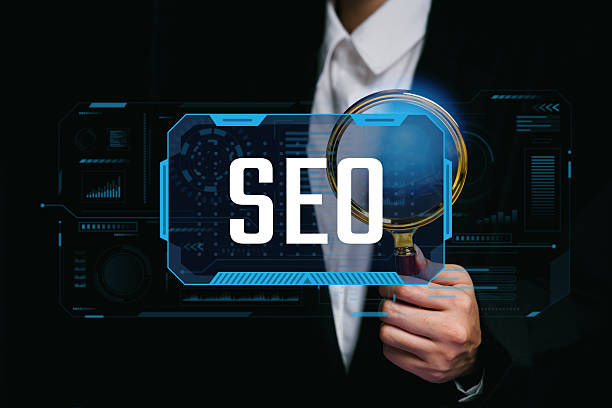
Keyword research is the cornerstone of any successful On-Page SEO strategy.
Before you start creating content or optimizing your site, you need to know what words your audience types into search engines.
By conducting keyword research, you can find words and phrases that are most relevant to your business and drive the most traffic to your site.
For more information about keyword research tools, read this article.
To begin keyword research, you can use various tools such as Google Keyword Planner, Ahrefs, SEMrush, and Moz Keyword Explorer.
These tools help you find keywords related to your business, check their search volume, and evaluate the competition for each keyword.
After finding suitable keywords, you should use them in your site’s content.
Also, you should pay attention to keyword diversity.
Instead of using only one keyword throughout all your content, try to use synonymous and related keywords as well.
This helps search engines better understand your site’s content and increases the likelihood of your site appearing in search results for a wider range of keywords.
On-Page SEO is a long-term strategy and requires effort and patience.
By conducting accurate keyword research and optimizing your site’s content, you can improve your site’s ranking in search engines and attract more traffic.
Content Optimization for Search Engines and Users
![]()
High-quality and relevant content is the heart of On-Page SEO.
Search engines look for content that is useful and valuable to users.
Therefore, you should produce content that answers user questions, solves their problems, and provides useful information.
When creating content, you should pay attention to several key points:
- Keyword Usage: Use keywords naturally in your content, but avoid overusing them.
- Proper Structure: Divide your content into smaller sections and use headings and subheadings to organize it.
- Readability: Use short and simple sentences, and avoid using unnecessary technical jargon.
- Images and Videos: Use images and videos to make your content more engaging and add appropriate Alt tags to them.
Additionally, you should regularly update your content.
Old and outdated content is not only not valuable to users but can also harm your site’s ranking in search engines.
To better understand how to write optimized content, you can refer to this guide.
On-Page SEO with quality content attracts more visitors.
By producing high-quality and relevant content, you can increase your site’s organic traffic and gain more customers.
| Content Element | How to Optimize |
|---|---|
| Page Title | Use primary keyword, appropriate length (less than 60 characters) |
| Meta Description | Brief and engaging description of page content, use keyword, encourage clicks |
| Headings (H1-H6) | Use relevant keywords, logical structure |
| Main Text | Natural keyword usage, high readability, provide valuable information |
Optimizing Title Tags and Meta Descriptions

Title Tags and Meta Descriptions are two important elements in On-Page SEO that are displayed in search results.
A title tag specifies your page’s title and is the first thing users see in search results.
A meta description provides a summary of your page’s content and helps users decide whether they want to click on your link.
For more information on title and meta tags, see here.
Optimizing title tags and meta descriptions can help improve your site’s click-through rate (CTR) in search results.
To do this, you should use relevant keywords in your title tags and meta descriptions and write them in a way that is attractive and persuasive.
Also, you should consider the length of title tags and meta descriptions.
Title tags should not exceed 60 characters, and meta descriptions should not exceed 160 characters.
Title tags and meta descriptions create the first impression on the audience.
By optimizing title tags and meta descriptions, you can attract user attention and encourage them to click on your link.
Don’t have a corporate website yet and missing out on online opportunities? With professional corporate website design by Rasaweb,
✅ Double your business credibility
✅ Attract new customers
⚡ Free consultation for your corporate website!
The Importance of Internal Linking in On-Page SEO
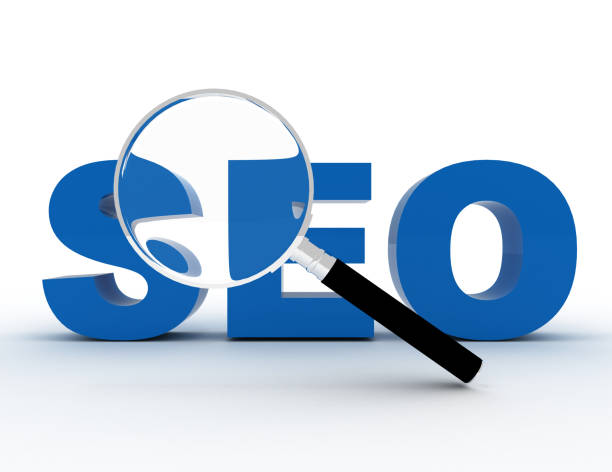
Internal linking refers to creating links between different pages of your website.
This helps search engines better understand your site’s structure and recognize the connection between different pages.
Internal linking also helps improve your site’s user experience (UX).
By creating appropriate internal links, you can guide users to relevant pages on your site and keep them on your site for longer.
Internal linking is an important part of the On-Page SEO strategy.
When creating internal links, you should pay attention to several points:
- Use appropriate Anchor Text: Anchor text is the text you click on to be directed to another page.
Anchor text should be relevant to the content of the destination page and include relevant keywords. - Link to relevant pages: Links should be created to pages that are relevant to the content of the page they are on.
- Avoid excessive linking: Avoid creating too many links on one page.
On-Page SEO, with smart and relevant linking, can help improve your ranking in search engines.
By creating appropriate internal links, you can improve your site’s structure, enhance user experience, and improve your site’s ranking in search engines.
Optimizing Images and Videos for SEO

Images and videos can make your site’s content more engaging and educational.
But for images and videos to help your site’s On-Page SEO, you must optimize them correctly.
Image and video optimization includes the following:
- Choose appropriate file names: Image and video file names should be relevant to their content and include relevant keywords.
- Use Alt tags: Alt tags provide a description for images and help search engines understand the image content.
- Compress images and videos: Large images and videos can reduce your site’s loading speed.
Therefore, you should compress them to reduce their size. - Use captions for videos: Captions help search engines understand video content and are also useful for users who are deaf or prefer to watch videos without sound.
Optimizing photos and videos is considered one of the important principles of On-Page SEO.
By optimizing images and videos, you can improve your site’s loading speed, increase your site’s accessibility, and improve your site’s ranking in search engines.
Optimizing Website Loading Speed

Website loading speed is one of the important factors in search engine ranking.
Users who visit your site expect it to load quickly.
If your site is slow, users may leave your site and visit another.
This can harm your site’s ranking in search engines.
High site speed has a direct relationship with On-Page SEO. To improve site loading speed, you can take the following actions:
- Optimize images and videos: Large images and videos can reduce your site’s loading speed.
Therefore, you should compress them to reduce their size. - Use a caching system: A caching system helps store a version of your site in temporary memory.
When a user revisits your site, the cached version of the site is displayed to them, which increases the site’s loading speed. - Use a CDN: A CDN (Content Delivery Network) is a network of servers located in different parts of the world.
When a user visits your site, your site’s content is delivered to them from the nearest CDN server, which increases the site’s loading speed. - Reduce the number of HTTP requests: Every time a user’s browser visits your site, many HTTP requests are sent to your site’s server.
By reducing the number of these requests, you can increase your site’s loading speed.
By improving site loading speed, you can improve your site’s user experience and improve your site’s ranking in search engines.
| Site Speed Factor | Description | Test Tool |
|---|---|---|
| Server Response Time | The amount of time the server needs to respond to a browser request. | GTmetrix, WebPageTest |
| Page Size | The total size of all page files (HTML, CSS, JavaScript, images, etc.). | GTmetrix, WebPageTest |
| Number of Requests | The number of files the browser needs to download to display the page. | GTmetrix, WebPageTest |
| Compression | Using Gzip compression to reduce file sizes. | GTmetrix, WebPageTest |
Mobile Optimization
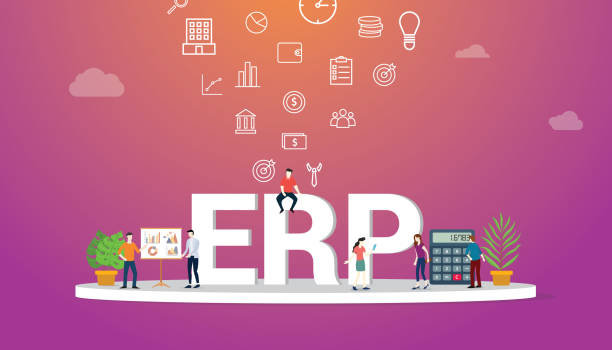
Today, most users access the internet via mobile.
Therefore, optimizing your site for mobile is of particular importance.
A mobile-friendly site should have a responsive design, meaning the site’s appearance should automatically adapt to the user’s device screen size.
Also, a mobile-friendly site should have a high loading speed and easy navigation.
Responsive design is one of the important principles of On-Page SEO.
To optimize your site for mobile, you can take the following actions:
- Use responsive design: Responsive design allows your site to automatically adapt to the user’s device screen size.
- Optimize images and videos: Large images and videos can reduce your site’s loading speed.
Therefore, you should compress them to reduce their size. - Use readable fonts: Your site’s fonts should be readable on mobile devices.
- Avoid using pop-ups: Pop-ups can be annoying on mobile devices.
By optimizing your site for mobile, you can improve your site’s user experience and improve your site’s ranking in search engines.
Google places great importance on mobile-friendly sites, and for this reason, this issue is very important in On-Page SEO.
Don’t have a corporate website yet and missing out on online opportunities? With professional corporate website design by Rasaweb,
✅ Double your business credibility
✅ Attract new customers
⚡ Free consultation for your corporate website!
Using Structured Data (Schema Markup)
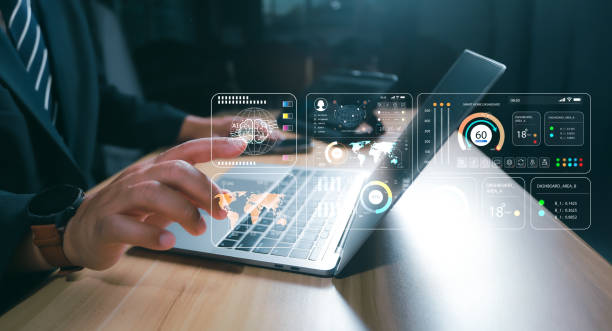
Structured Data (Schema Markup) are codes that help search engines better understand your site’s content.
By using structured data, you can provide information such as business name, address, phone number, operating hours, prices, and user reviews to search engines.
This information can be displayed in search results, attracting user attention and increasing your site’s click-through rate (CTR).
By using Schema Markup in On-Page SEO, a good ranking can be achieved.
There are various types of structured data you can use.
Some of the most common types of structured data include:
- Product: For providing information about products
- Recipe: For providing information about cooking recipes
- Event: For providing information about events
- Article: For providing information about articles
- LocalBusiness: For providing information about local businesses
By using structured data, you can help search engines better understand your site’s content and improve your site’s ranking in search engines.
Structured data plays an important role in modern On-Page SEO.
Monitoring and Measuring SEO Results

On-Page SEO is an ongoing process and requires monitoring and measurement.
To know whether your On-Page SEO strategy is effective, you should regularly review its results.
You can use various tools such as Google Analytics and Google Search Console to monitor and measure SEO results.
Using these tools, you can review information such as site traffic, keyword rankings, click-through rate (CTR), and conversion rate.
Reviewing results is very important in On-Page SEO. By reviewing SEO results, you can identify the strengths and weaknesses of your strategy and make the necessary changes to improve results.
For example, if you notice that your site’s traffic from a specific keyword has decreased, you can optimize your content for that keyword or create more links to the relevant page.
These points will help you succeed in On-Page SEO.
Frequently Asked Questions
| No. | Question | Answer |
|---|---|---|
| 1 | What is On-Page SEO? | On-Page SEO refers to a set of actions performed within a website (on its pages) to improve its ranking in search engine results. This includes optimizing content, site structure, and HTML codes. |
| 2 | Why is On-Page SEO important? | On-Page SEO helps search engines better understand page content and determine whether that page is relevant and valuable for user searches. This better understanding leads to higher rankings. |
| 3 | What is the first and most important step in On-Page SEO? | Keyword Research is the most important initial step. By finding appropriate keywords, targeted and relevant content that meets user needs can be produced. |
| 4 | What is the role of the Title Tag in On-Page SEO? | The title tag is one of the most important ranking factors and should include the main keyword. This tag is displayed as the page title in search results and influences the click-through rate (CTR). |
| 5 | What is the importance of Meta Description? | The meta description does not directly impact ranking, but by providing an appealing summary of the page’s content in search results, it can encourage users to click, thereby increasing the click-through rate (CTR). |
| 6 | Why is the use of headings (H1, H2, etc.) important in content? | Headings help structure content and improve readability for users and search engine crawlers. Using keywords in headings also helps search engines better understand the topic. |
| 7 | What does Image Optimization in On-Page SEO include? | It includes compressing images to reduce size, using descriptive and relevant file names, and filling the Alt tag (alternative text) with relevant keywords to help search engines understand the image content. |
| 8 | What is Internal Linking in On-Page SEO? | Internal linking refers to creating links between different pages of a website. This helps distribute page authority (Link Equity), improve user experience, and assist search engine crawlers in discovering new pages. |
| 9 | Why is Page Speed important for On-Page SEO? | Page loading speed is a direct ranking factor and significantly impacts user experience. Slow pages can lead to an increased bounce rate and decreased user engagement. |
| 10 | What role does quality content play in On-Page SEO? | High-quality, comprehensive, unique, and valuable content for the user is the core of On-Page SEO. This content not only attracts and retains users but also sends positive signals to search engines, contributing to better rankings. |
And other services of Rasaweb Advertising Agency in the field of advertising
- Smart Advertorials: A novel service for increasing digital branding through dedicated programming.
- Smart Conversion Rate Optimization: A dedicated service for online growth based on SEO-centric content strategy.
- Smart Digital Advertising: Revolutionize sales growth with personalized user experience.
- Smart Marketing Automation: An innovative platform for improving sales growth with precise audience targeting.
- Smart Conversion Rate Optimization: Designed for businesses seeking online growth through dedicated programming.
And over hundreds of other services in the field of internet advertising, advertising consultation, and organizational solutions
Internet Advertising | Advertising Strategy | Advertorials
Sources
What is On-Page SEO? A Comprehensive Guide
The Importance of Internal Linking in SEO
How to Optimize Website Content for SEO?
An Introduction to Technical On-Page SEO
📍 Are you looking to elevate your business in the digital world? Rasaweb Afarin, a leading digital marketing agency, with expertise in SEO, online advertising, and fast website design, paves your way to success.
📍 Tehran, Mirdamad Street, next to Bank Markazi, Kazeroon Janubi Alley, Ramin Alley, No. 6

